
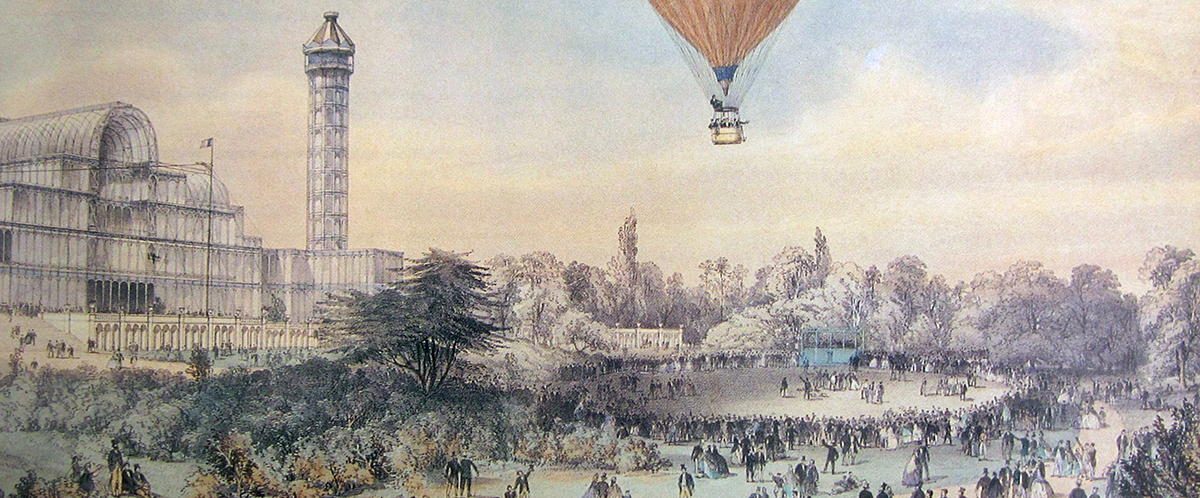
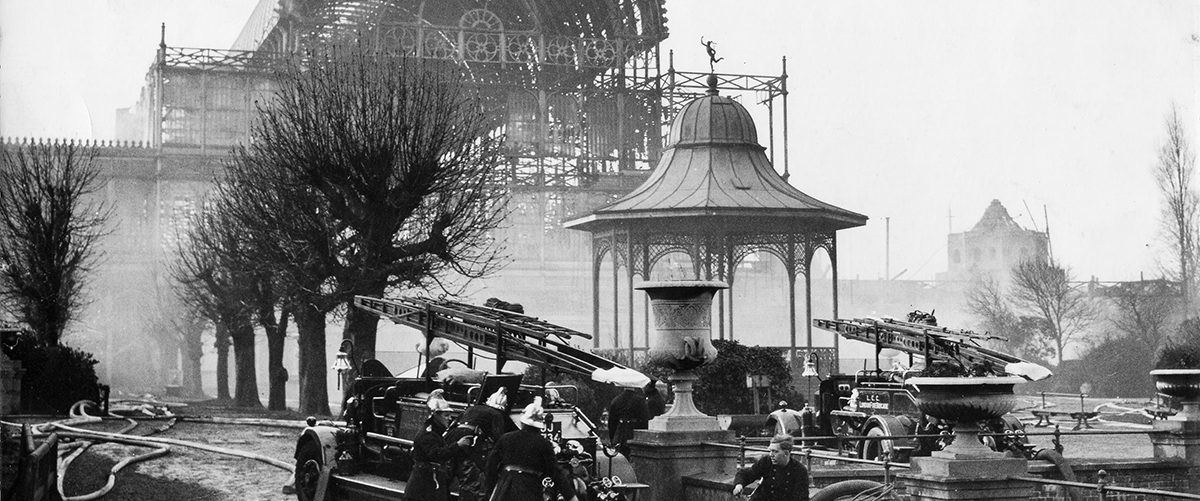
The history of the Crystal Palace is kept alive here at the museum and tells the story of both the Hyde Park and Sydenham Crystal Palaces. Housed in the only surviving building constructed by the Crystal Palace Company built around 1880 as a lecture room for the Crystal Palace Company’s School of Practical Engineering.
The Museum was opened on 17th June 1990 by the Duke of Devonshire after 11 years of campaigning by local enthusiasts. During this time exhibits were acquired, mostly through generous donations from members of the public, classified and catalogued.
The story of both palaces is told in a series of unique images supplemented by large scaled models of the Crystal Palace plus showcases displaying ceramics and other items associated with the Crystal Palace including remnants from the original building. Adjacent to the museum is the base of Brunel’s water tower.
The museum is an incorporated registered charity managed by a Board of Trustees. It is accredited by the Arts Council and is a member of AIM - The Association of Independent Museums.
Free Admission
Open Sundays Only
Summer Time: 11:00 - 16:00
Winter Time: 11:00 - 15:00
Our monthly guided tours typically run from April until October, weather depending. Please check back later for details.
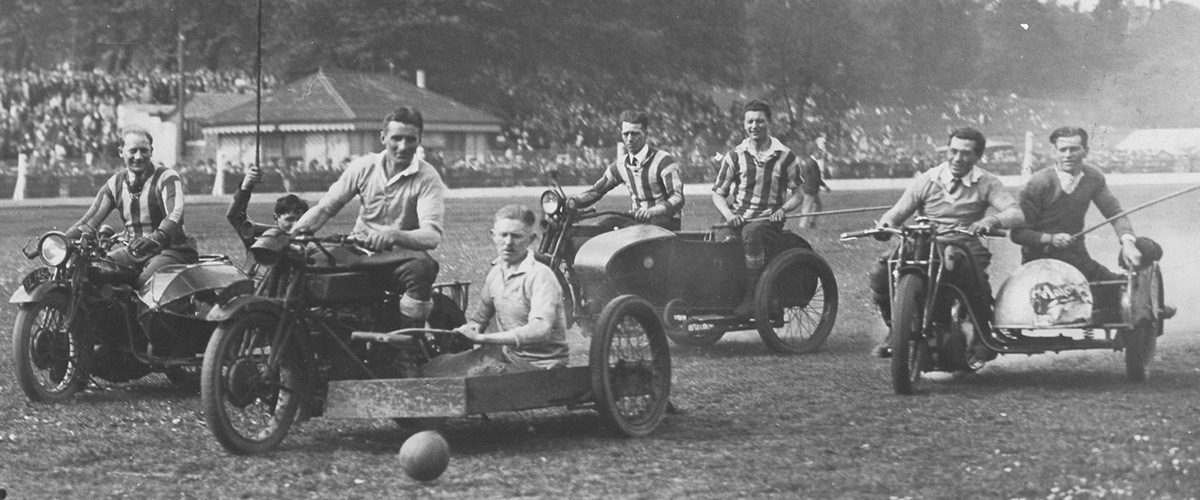

From April through to October
Crystal Palace Museum & Park
Ticket £5 (Concession £4)
Available through Eventbrite
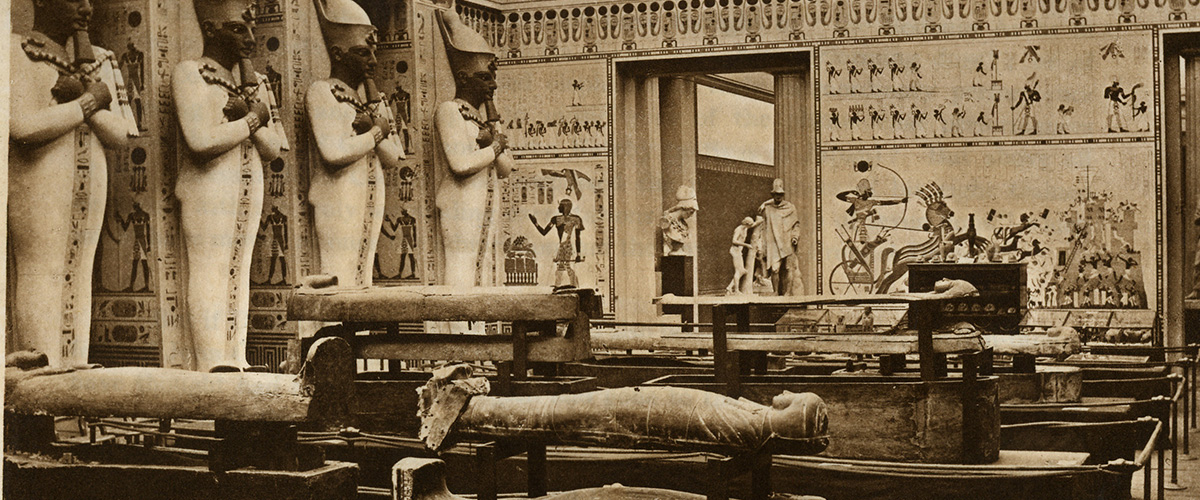
Crystal Palace Museum
Anerley Hill
SE19 2BA
RESTRICTIONS
We do not have refreshment or toilet facilities, but they are available within a few minutes walk of the museum.
Unfortunately access to the Crystal Palace Museum is via a steep flight of stairs and is not suitable for wheelchair access.
PUBLIC TRANSPORT
Bus routes to Crystal Palace: 3, 122, 157, 202, 227, 249, 322, 358, 363, 410, 417, 432, 450
Trains to Crystal Palace Station: Overground (Highbury & Islington) and Southern (London Victoria, London Bridge, West Croydon and Beckenham Junction)
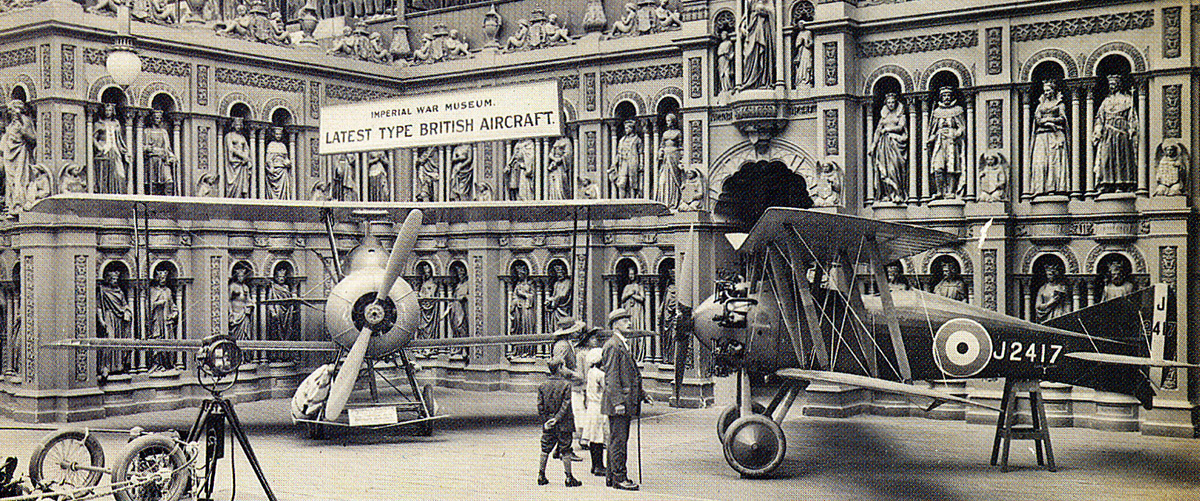
Weekday school visits are always welcome at the Crystal Palace Museum.
The Museum can accommodate up to 35 children per visit. The visit lasts up to one hour with a talk by the museum director and includes the opportunity for pupils to ask questions followed by time for individual study of the Museum’s collection.
With prior notice the format of the visit can be adjusted to a teacher’s requirements.
There is a charge for weekday visits to the museum – please contact us for details.
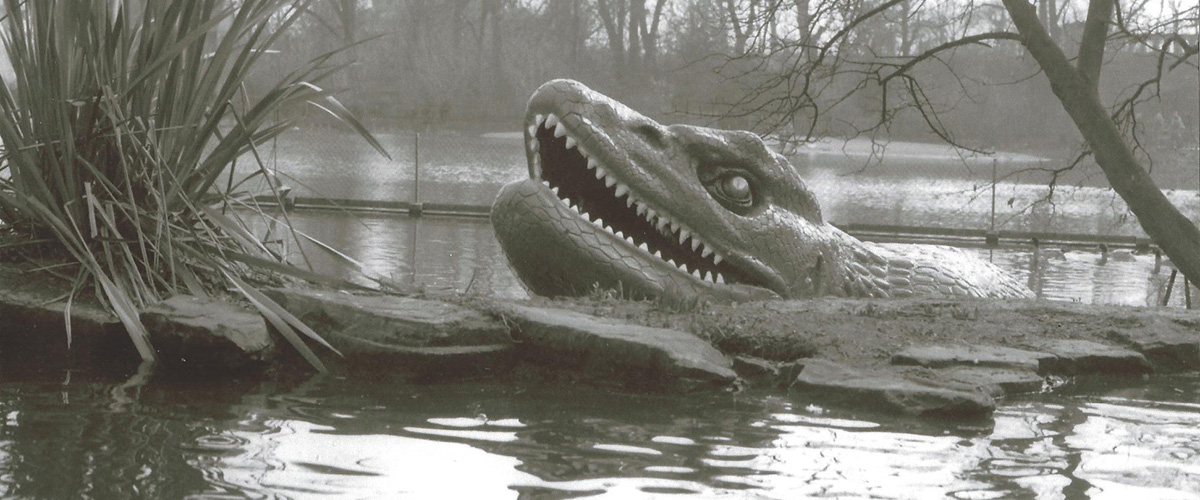
Would you like to get involved in the local community and meet people? Would you like to support a museum of an historic and world famous local site and learn all about its fascinating story? Are you seeking to develop new skills, get wider experience and enhance your CV?
Well then, come and volunteer as a Museum Steward and join our friendly team! If you can offer at least one session every other week, on a Sunday morning or afternoon, then that would be extremely valuable. But if you would like to help, but are not sure you can make such a regular commitment, or indeed would like to do more, we would also love to hear from you.
The Museum is entirely run by volunteers, with no public grant, so we depend on local people giving a small commitment of time.
As a Steward:
- you can welcome visitors to the Museum
- help sell our cards, profile books and posters
- engage with visitors on the history of the Crystal Palace, when you become confident with it.
You can download an application form here, Please submit applications to volunteer@crystalpalcemuseum.org.uk
Please note: All applicants must be 16 or over.
You’ll be very welcome.

The Crystal Palace was originally created by Joseph Paxton to house the Exhibition of the Industry of all Nations that was to be staged in Hyde Park, London in 1851.
When, after six months, the Great Exhibition closed its doors over six million people had visited it. Joseph Paxton was knighted and public opinion clamoured, without success, for the Crystal Palace to remain in the park. Fortunately nine businessmen came to the rescue by purchasing the complete structure from Fox Henderson, the contractors who had erected and owned the building.
In the summer of 1852 a new site was found for the now redesigned Crystal Palace on Sydenham Hill in south east London and reconstruction commenced.
Reopening in 1854, the Crystal Palace provided a national centre for the education and enjoyment of the people. The building featured courts depicting various periods of architecture as well as courts of art and manufacture.
The grounds of the palace contained magnificent fountains, an unrivaled collection of statuary, many fine specimens of trees and shrubs and full size models of prehistoric animals, which were to become world famous. In 1856 the magnificent fountains and Brunel’s great water towers were commissioned.
Later firework displays, ballooning, cycle racing, football cup finals, funfairs, motor racing and many other events took place in the grounds.
During WW1 the Crystal Palace and grounds were taken over by the Admiralty and became HMS Victory VI for the duration.
In November 1936 the Crystal Palace was tragically destroyed in a spectacular fire.
If you have any enquiries, or items of interest, please email: archive@crystalpalacemuseum.org.uk
